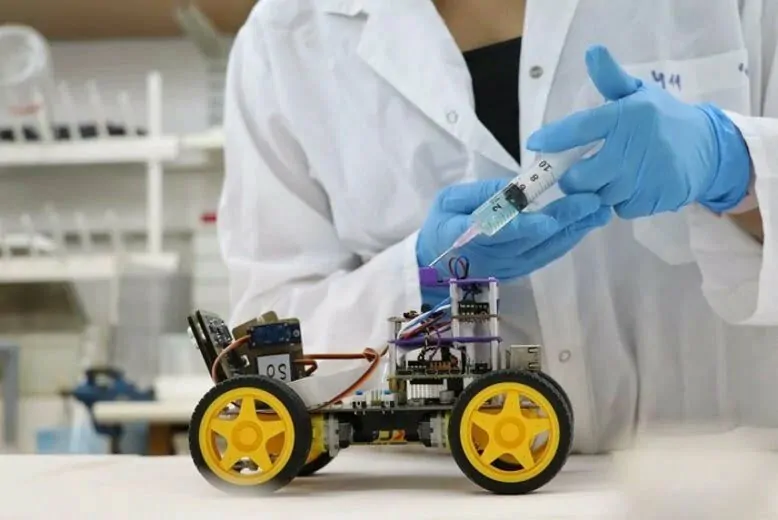Although we live in a technological age with cameras and microphones that surpass human capabilities, man has yet to find anything better than nature's nose. What use would it be? biomimetics, otherwise?
On the other hand, no matter how much effort we make, evolution has had a little more time available. How much? Well, millions of years. Not a little. Millions of years to perfect the receptors with which humans, animals and insects smell today. Today we are about to make some progress, with the help of the "nice" locusts.

A robot that smells
Scientists at Tel Aviv University recently created a robot with olfactory sensitivity 10.000 times greater than specialized electronic devices, as reported in a study published in the journal Biosensors and Bioelectronics (that I link to you here). This newly created robot is capable of identifying a wide range of odors.
Researchers have created a bio-hybrid robot (in short: a cyborg) equipped with antennas taken directly from desert locusts. These antennas are connected to an electronic system capable of measuring the amount of electrical signal produced when they detect an odor. The team then paired the robot with an algorithm that was trained to recognize odors based on the output signal. With this system, the robot was able to reliably distinguish between eight “pure” odors including geranium, lemon and marzipan, and two mixtures of different odors. In the future this robot could be used to detect drugs and explosives.
Robot locusts, it's not the first time
The Tel Aviv University research presents the robot as a “scientific first.” Yes and no: Last June, researchers at Michigan State University published research detailing how to use surgically modified locusts to target cancer cells. And before that (we talked about it here), scientists have also attempted to turn locusts into cyborgs capable of detecting explosives. After millennia of damaging crops, these pests may finally be making themselves useful.



Comments are closed.